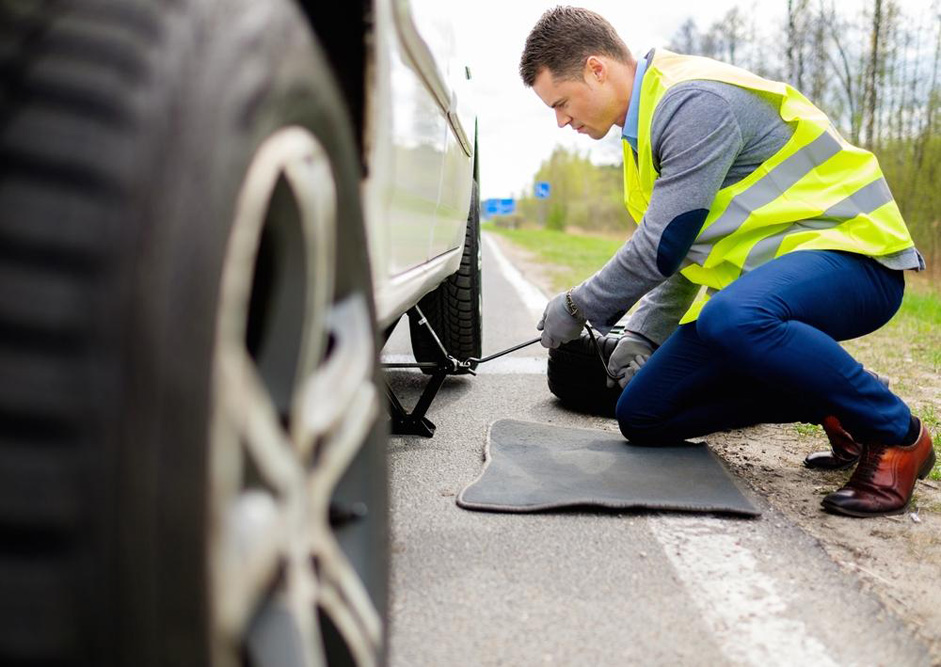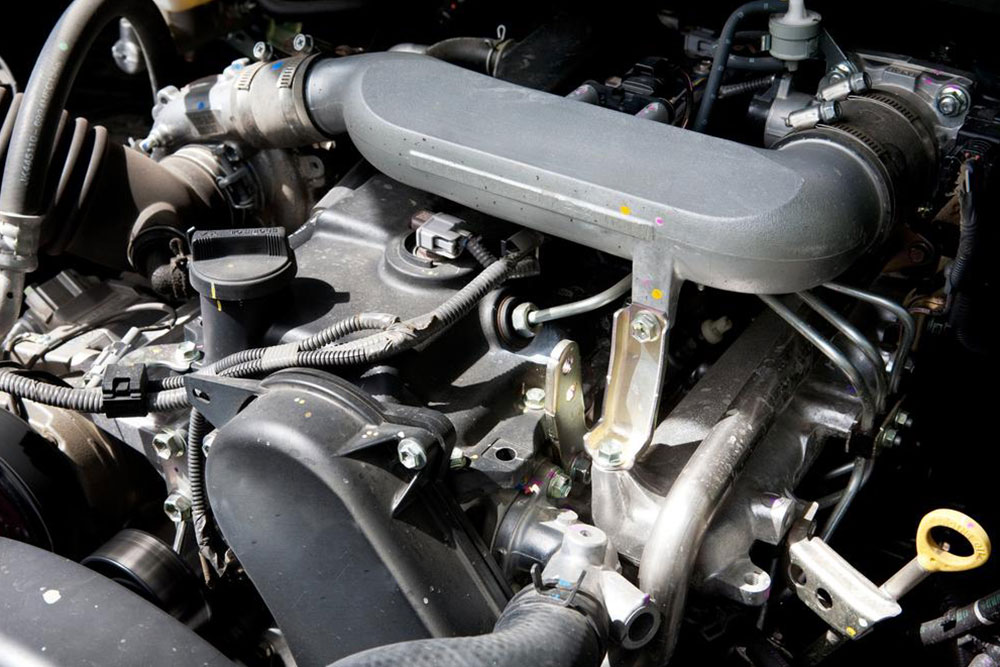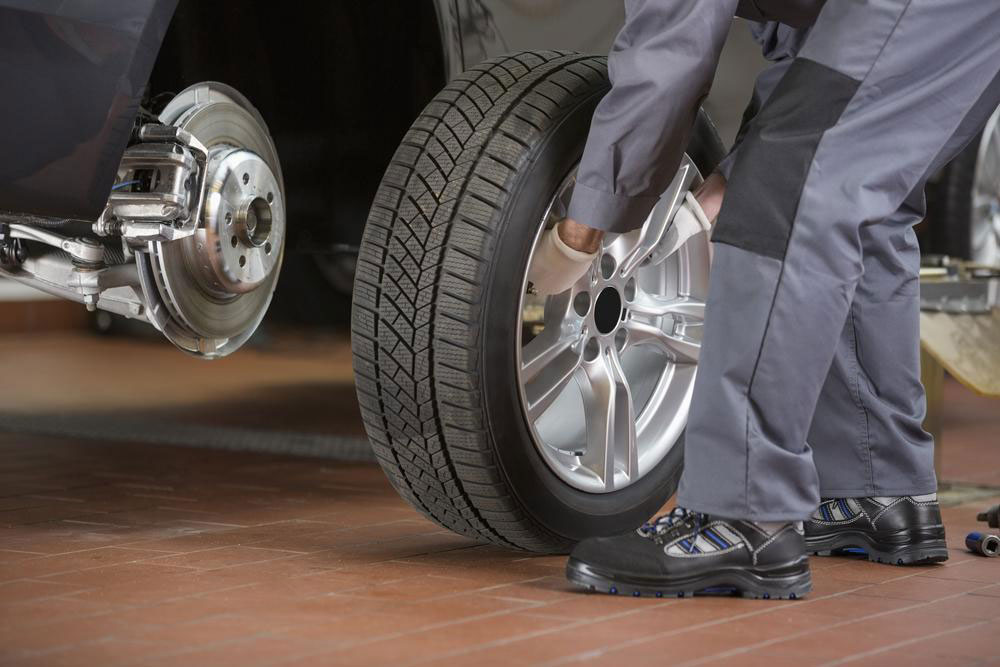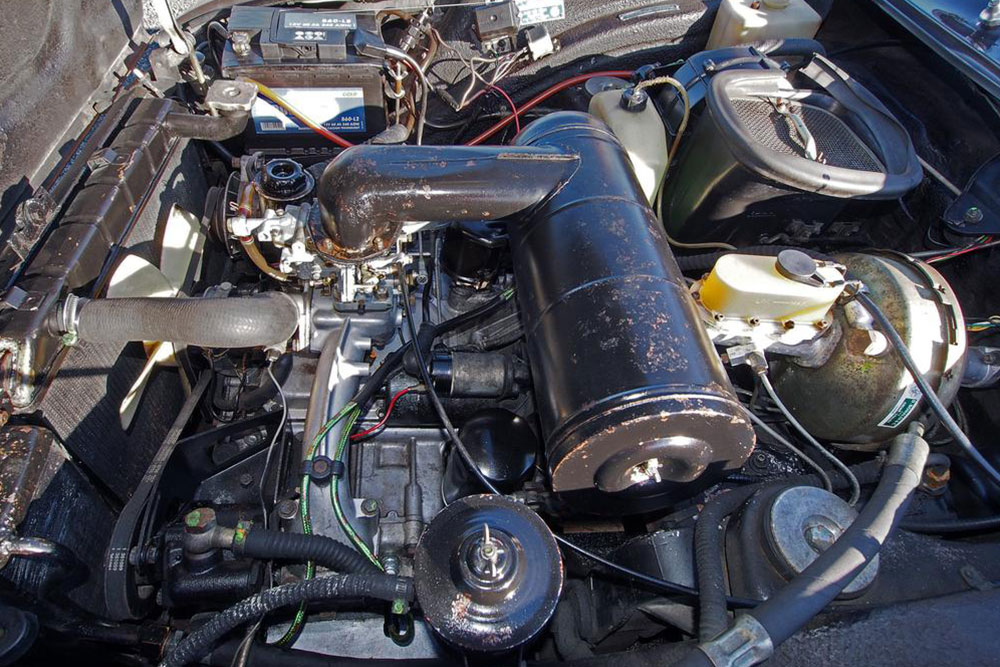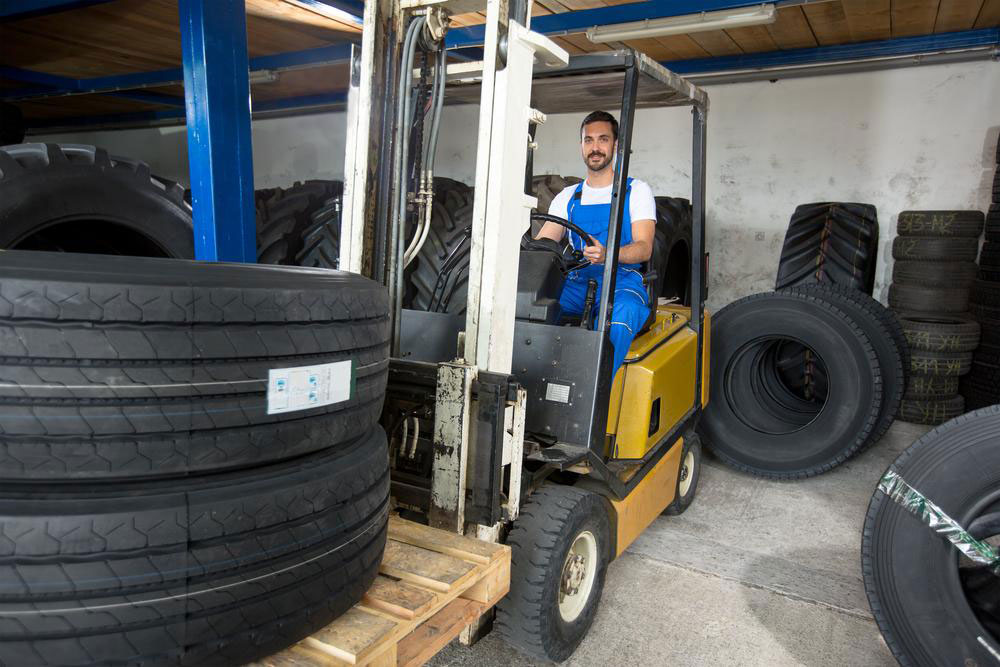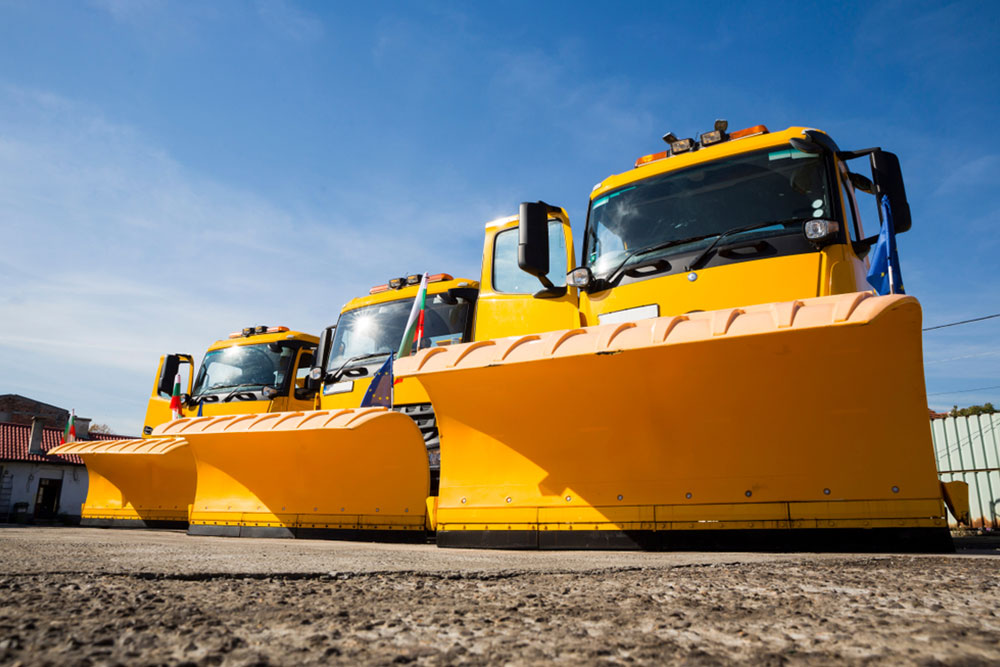Everything You Need to Know About Tubeless Tire Technology
This article explores the history, design differences, and advantages of tubeless tires. It covers early developments in tire technology, the shift from tube-based designs to tubeless systems, and why modern vehicles favor tubeless tires for their safety, durability, and performance benefits. Understanding these advancements helps drivers appreciate the technology behind safer, more efficient tires used worldwide today.
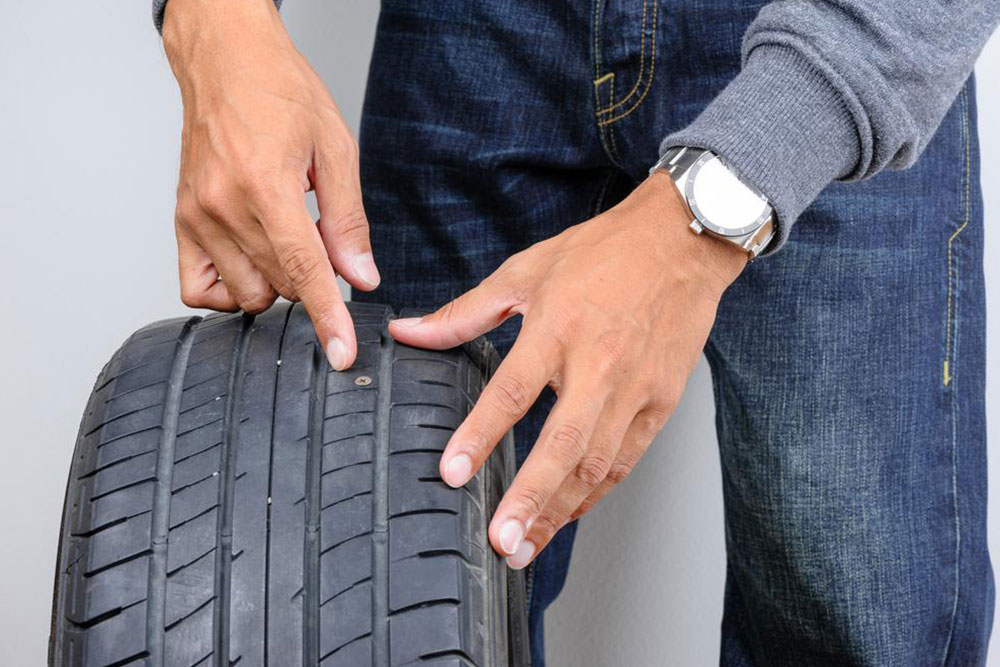
Everything You Should Know About Tubeless Tires
Efforts to develop tubeless tires began in England and South Africa during the 1930s and 1940s. In 1930, Killen Tire in England obtained a patent, followed by Wingfoot Corporation, a Goodyear subsidiary in South Africa, securing a patent in 1944. Both companies faced technical challenges that prevented full-scale production, leading to eventual discontinuation. Frank Herzegh of BF Goodrich secured a patent in 1952, with designs similar to earlier patents. Unlike previous designs using natural rubber, Herzegh used chloro-butyl rubber, which offers better resistance to air leaks.
The early tire designs incorporated a thin-walled tube within the rubber casing, with a self-sealing valve mounted on the tube. This setup presented issues, as movement between the tube and casing during driving could cause heating and wear, especially at lower pressures. During long-distance drives, this increased friction risked over-pressurization and potential blowouts. Additionally, punctures caused air to escape through the tube and casing imperfections, leading to rapid pressure loss and possible blowouts as the valve and tube contracted. Conversely, tubeless tires feature a seamless seal between the tire beads and the rim, thanks to molded ridges that ensure a tight fit when inflated. The butyl rubber lining greatly reduces air permeability and minimizes leakage through punctures, providing advantages such as reduced blowout risks, increased durability, smoother rides, and improved cornering. Today, tubeless tires are the standard worldwide, offering superior performance over traditional tube-based tires.


